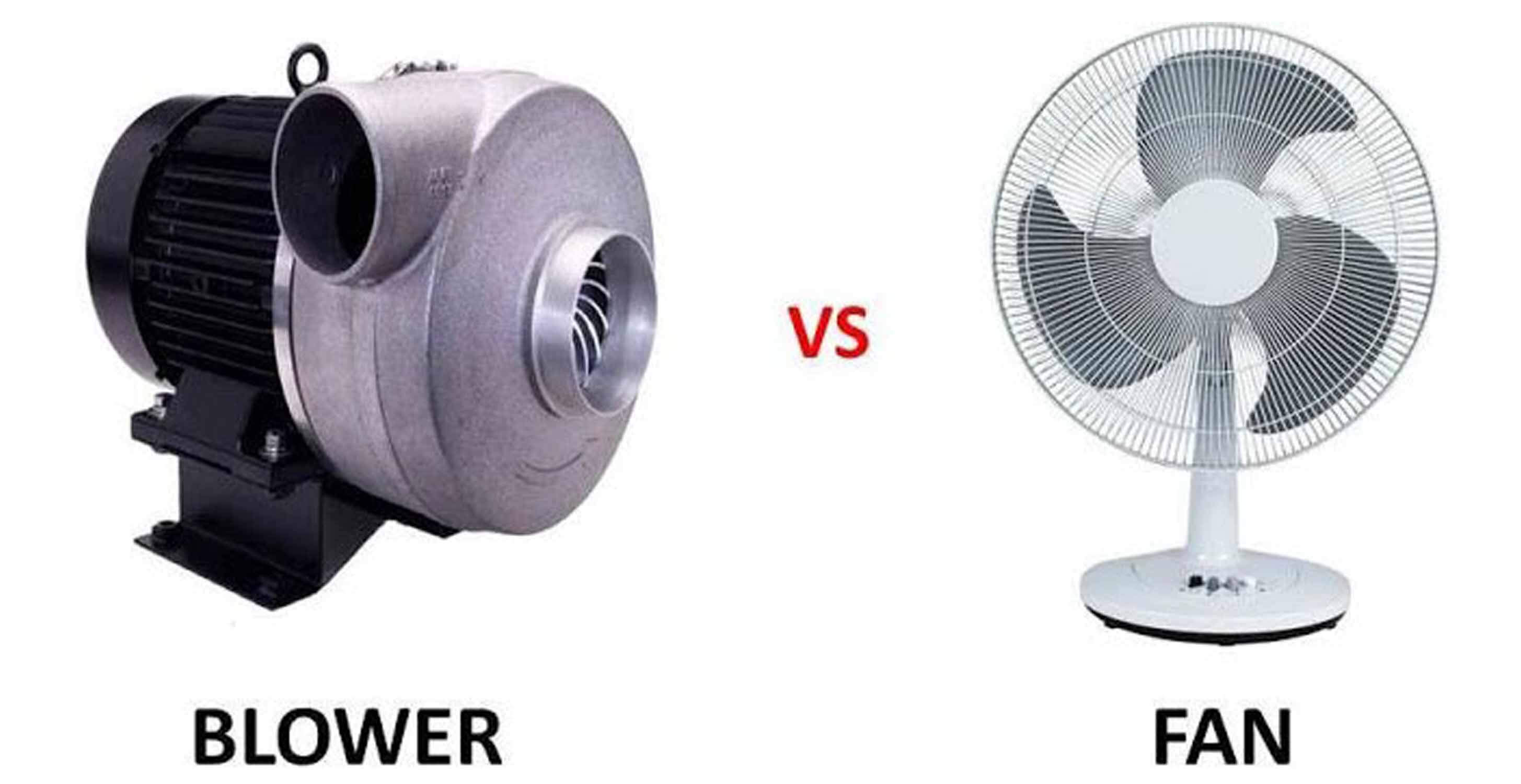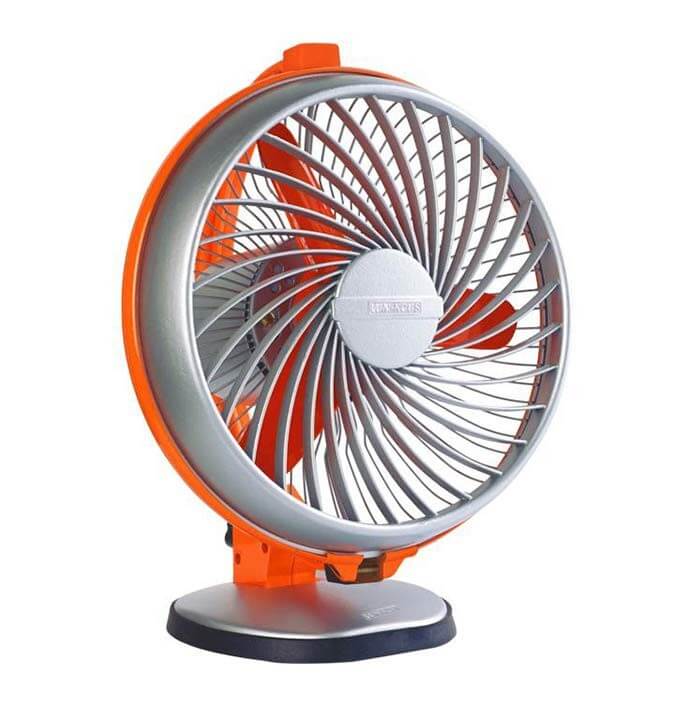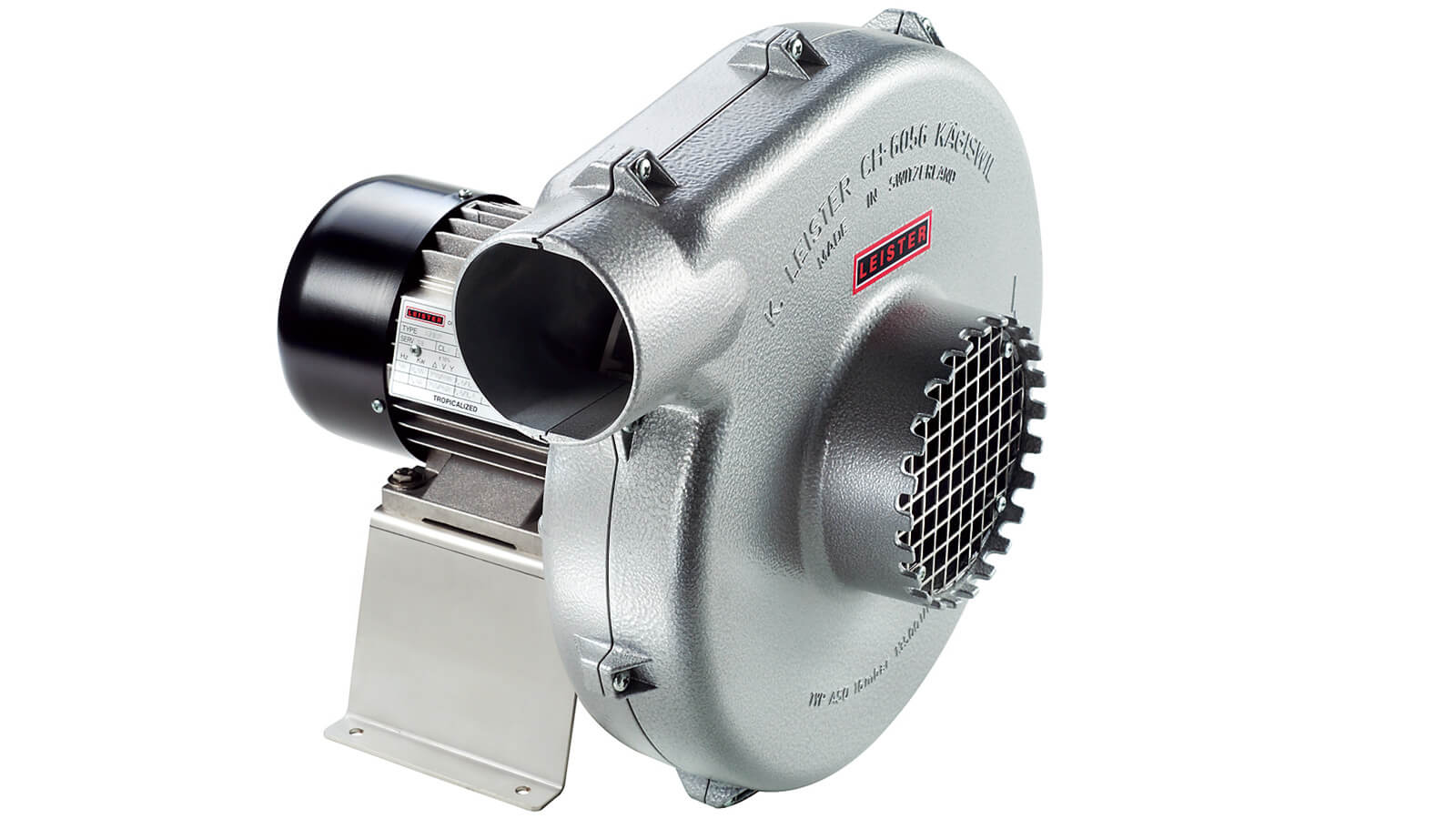Fan and Blowers are both mechanical devices that are meant to circulate the air. Although these two terms are often used interchangeably, fans and blowers are quite different from one another, the primary difference being their process of air circulation. Usually, these two devices are used for cooling purposes and ventilation in industries.
- Fan: Pressure ratio up to 1.11
- Blower: Pressure ratio from 1.11 to 1.2
- Compressor: Pressure ratio exceeds 1.2
Types of Fans
Fans can be classified into centrifugal or axial based on how they establish airflow. In turn, there are several subtypes in each category, and choosing a fan that matches the application is critical for a high-performance HVAC installation.
The following table summarizes the main types of centrifugal fans: radial, forward curved, backward curved, and airfoil type.
| FAN TYPE | DESCRIPTION |
| Radial | -High pressure and medium flow -Tolerates dust, moisture, and heat, making it suitable for industrial use -Power consumption increases significantly along with airflow |
| Forward curved | -Medium pressure and high flow -Suitable for HVAC systems with relatively low pressure, such as packaged rooftop units -Tolerates dust, but is not suited for harsh industrial settings -Power consumption increases significantly along with airflow |
| Backward curved | -High pressure and high flow -Energy efficient -Does not experience a dramatic increase in pressure with airflow -HVAC and industrial applications, also forced draft systems |
| Airfoil | -High pressure and high flow -Energy efficient -Designed for applications with clean air |
On the other hand, axial flow fans are classified into propellers, tube axial, and vane axial.
| FAN TYPE | DESCRIPTION |
| Propeller | -Low pressure and high flow, low efficiency -Suited for moderate temperatures -Airflow is reduced drastically if static pressure increases. -Common applications include exhaust fans, outdoor condensers and cooling towers |
| Tube axial | -Medium pressure and high flow -Cylindrical housing and small clearance with fan blades to enhance airflow -Used in HVAC, exhaust systems, and drying applications |
| Vane axial | -High pressure and medium flow, high efficiency -Physically similar to tube axial fans, integrating guide vanes at the intake to improve efficiency -Common uses include HVAC and exhaust systems, especially where high pressure is required |
With such a wide selection of fans, there is a solution for almost any application. However, variety also means there is a higher chance of selecting the wrong fan without proper guidance. The best recommendation is to avoid “rule of thumb” decisions, and instead get a professional design that meets the needs of your project.
Types of Blowers
As previously stated, blowers operate with a pressure ratio of 1.11 to 1.2, which makes them intermediate between a fan and a compressor. They can produce much higher pressures than fans, and they are also effective in industrial vacuum applications that require negative pressurization. Blowers are divided into two main categories: centrifugal and positive displacement.
Centrifugal blowers have some physical similarities with centrifugal pumps. They normally include a gear system to achieve speeds well over 10,000 rpm. Centrifugal blowers can have a single-stage or a multi-stage construction, where the single-stage design offers higher efficiency, but the multi-stage design provides a wider airflow range at a steady pressure. Like fans, centrifugal blowers have applications in HVAC. However, thanks to their superior pressure output, they are also used in cleaning equipment and automotive applications. Their main limitation is that airflow decreases rapidly when an obstacle raises pressure, making them unsuitable for applications with a high chance of clogging.
Positive-displacement blowers have a rotor geometry designed to capture pockets of air, driving flow in the intended direction at high pressure. Although they rotate at lower speeds than centrifugal blowers, they can produce enough pressure to blow away objects clogging the system. Another important difference with centrifugal options is that positive-displacement blowers are typically driven by belts instead of gears.
Click Here To See Difference Between Electric Motors And Generators



